None of the above happened to me today, because Speccy had headed it all off at the pass. The software had informed me that my PC was getting a bit hot, before any problems had begun to manifest.
However, I might have over-stated how quickly I grabbed my dust-busting tools. In reality, I did the laundry and a bit of washing up, then generally tidied up. None of this was important to the job in hand, but for one major fact - I was killing time.
You cannot dust inside your computer while it's still warm. Wait half an hour after switching it off, before you open up the back.
There are two reasons. The first is that the PSU will be hot and you might hurt yourself. The second is that you're exposing the inside to the open atmosphere without the protection of the casing. There's moisture in the air. There's electronics inside.
This will naturally be the longest half an hour of your life, but when it's finally over find something metal and touch it. Not the PC! This is solely to earth yourself, just in case you're carrying static electricity.
Now, if you haven't already, take out all of the cables from the back of your computer tower. The power cable should be self-explanatory. You shouldn't be inside your PC while it's still plugged into the wall. That way leads to electric shocks and hospitals.
The rest (head-phones, microphone, webcam, memory sticks, keyboard, mouse etc) is simply because you're not staying at your desk. You and your computer tower are heading outside!


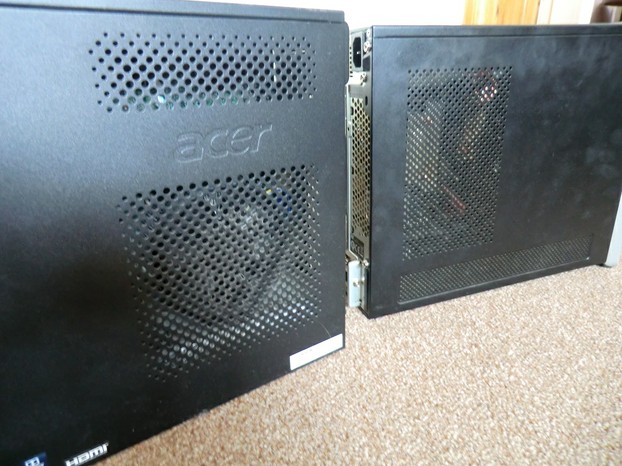
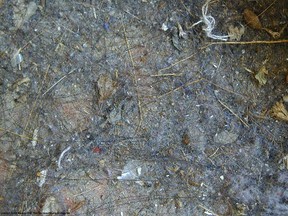 When I was young and naive, I never cleaned the hardware inside my PC tower. I didn't even know to do it and, if I had, I'd have been scared away by the strip across the seal. It warns that you will void your warranty by going inside.
When I was young and naive, I never cleaned the hardware inside my PC tower. I didn't even know to do it and, if I had, I'd have been scared away by the strip across the seal. It warns that you will void your warranty by going inside.




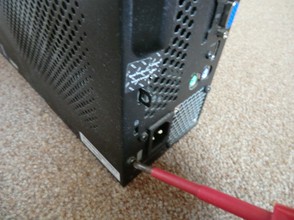
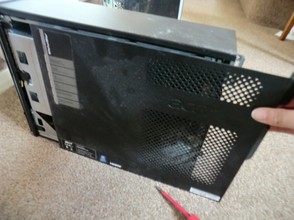
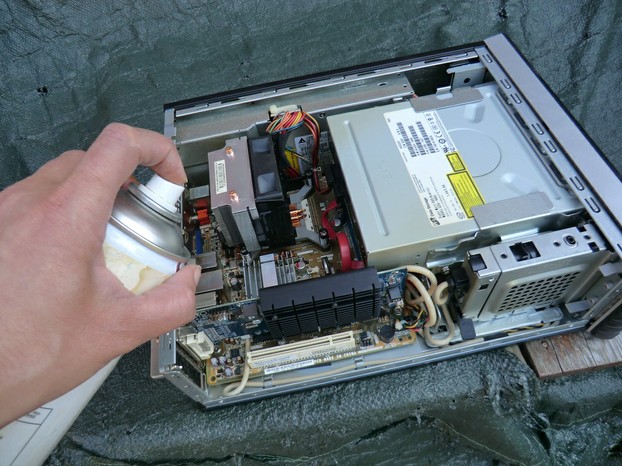

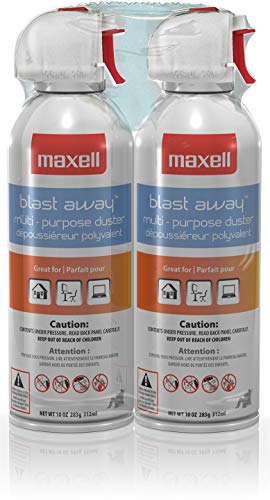




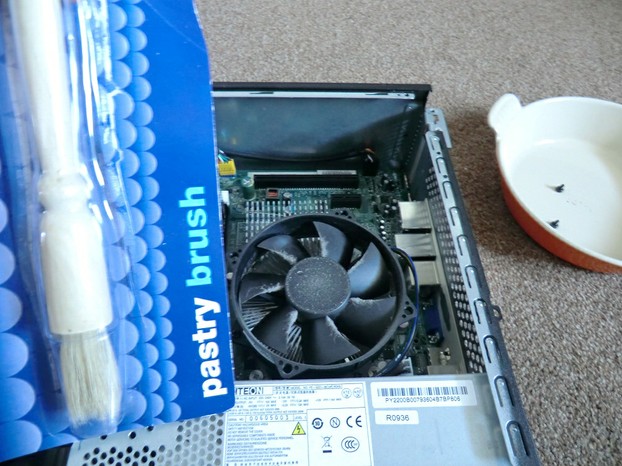
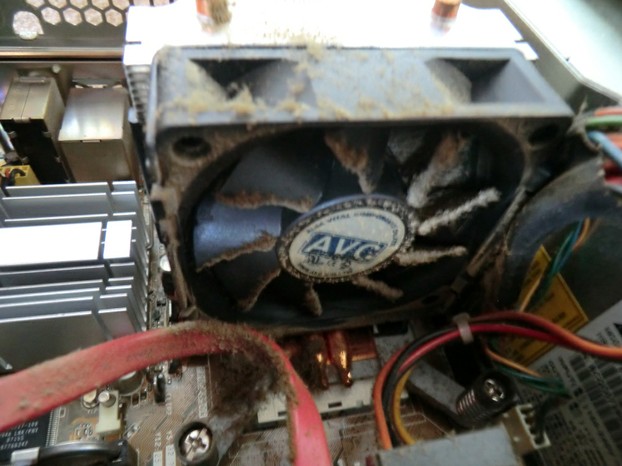
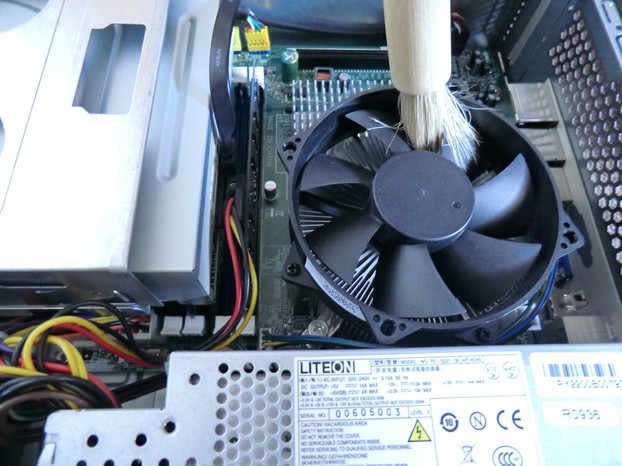
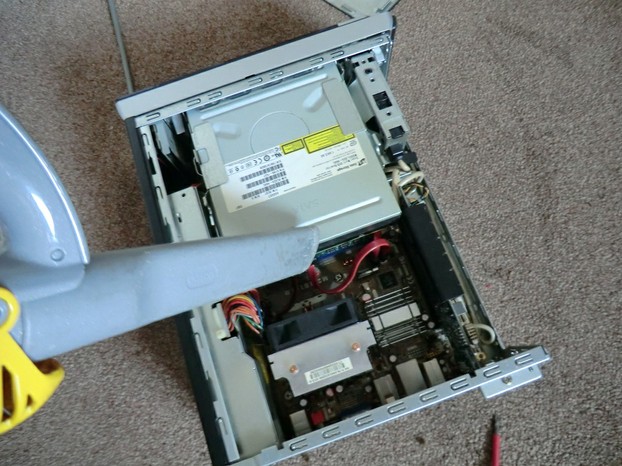
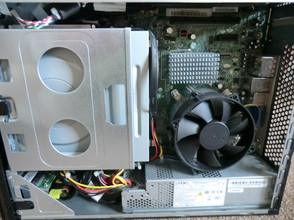
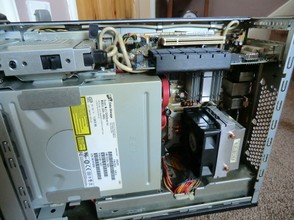




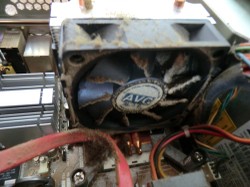

 St Tydecho's Churches in West Waleson 09/03/2014
St Tydecho's Churches in West Waleson 09/03/2014
 Goodies for an Outlander Premiere Partyon 03/06/2015
Goodies for an Outlander Premiere Partyon 03/06/2015
 Holocaust Memorial Day Interview with Rainer Höss, Grandson of Rudolf Architect of Auschwitzon 01/24/2015
Holocaust Memorial Day Interview with Rainer Höss, Grandson of Rudolf Architect of Auschwitzon 01/24/2015
 Romantic Valentine Gifts for an Outlander Fanon 01/16/2015
Romantic Valentine Gifts for an Outlander Fanon 01/16/2015

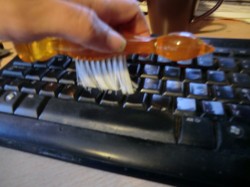
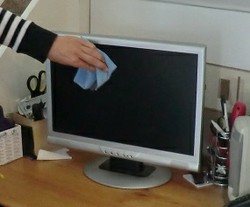
Comments
is that what it is? All I know is that the canisters of compressed air are so much fun, when you're chasing those dust bunnies through your hard-drive. It's all, 'Come on, particle, make my day!' SQUIRT!
Thank you for your comment. :)
An air cleaner is basically a device that's used to remove contaminants/dust from the air. Also known as air purifiers they're installed in rooms that are constantly filling up with these minute solid particles
Thanks, Sara. And good luck with cleaning out your desktop. Shout up if you need anything.
Well explained. Will look at this again when cleaning my old desktop. Thanks
LOL
Worth considering, Jerrico?
Jerrico_Usher and JoHarrington,
You really should think about writing a few articles together - your humour matches ;-) SY
Awesome :) ... you said on the "case" haha Nice. (I'm always out for a good pun). Thanks!
Awww, thanks Jerrico.
I'd be happy to do this, but I believe that fellow Wizzley author RyanUk is on the case. I'll check with him and if he's not, then I'll write one for you.
I hit the WZ like and nothing happened, I hit it again- nothing, waited a bit, hit it again and got a "thou shalt vote only once" but the number is still the same- I tried...
Hey Jo, I have a all in one HP Touchsmart- not so easy to dust this baby but I'm about to try, what say you do some research and write one for the all in one varieties (or laptops as they are made the same way only bigger :)